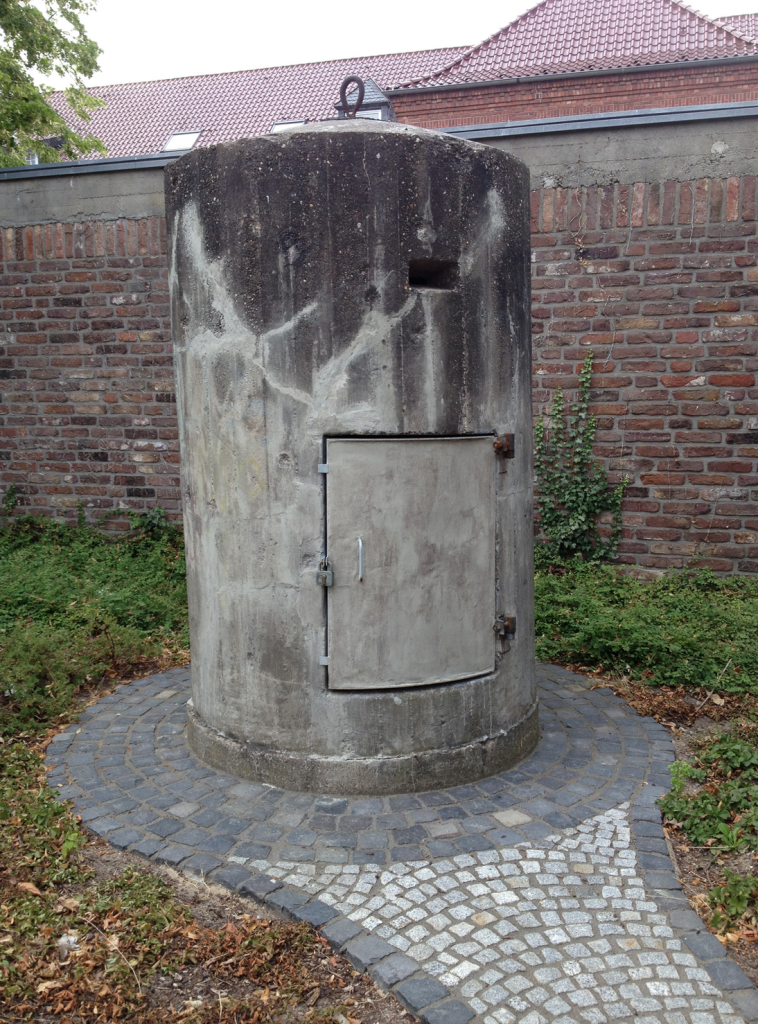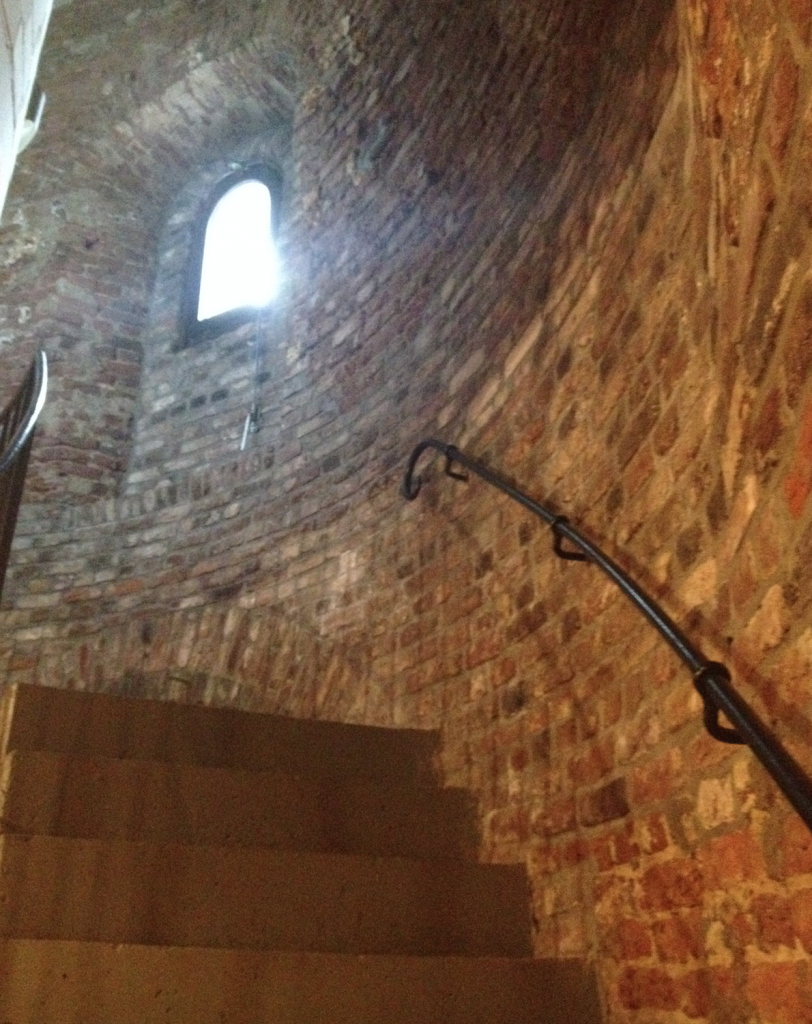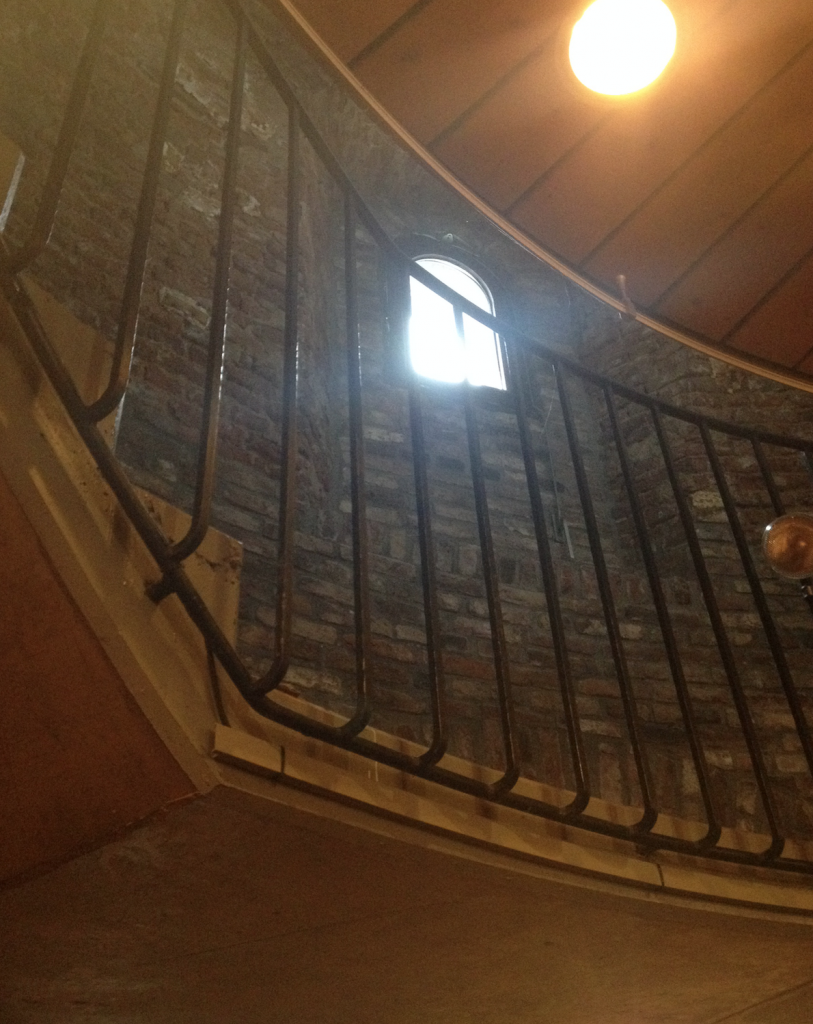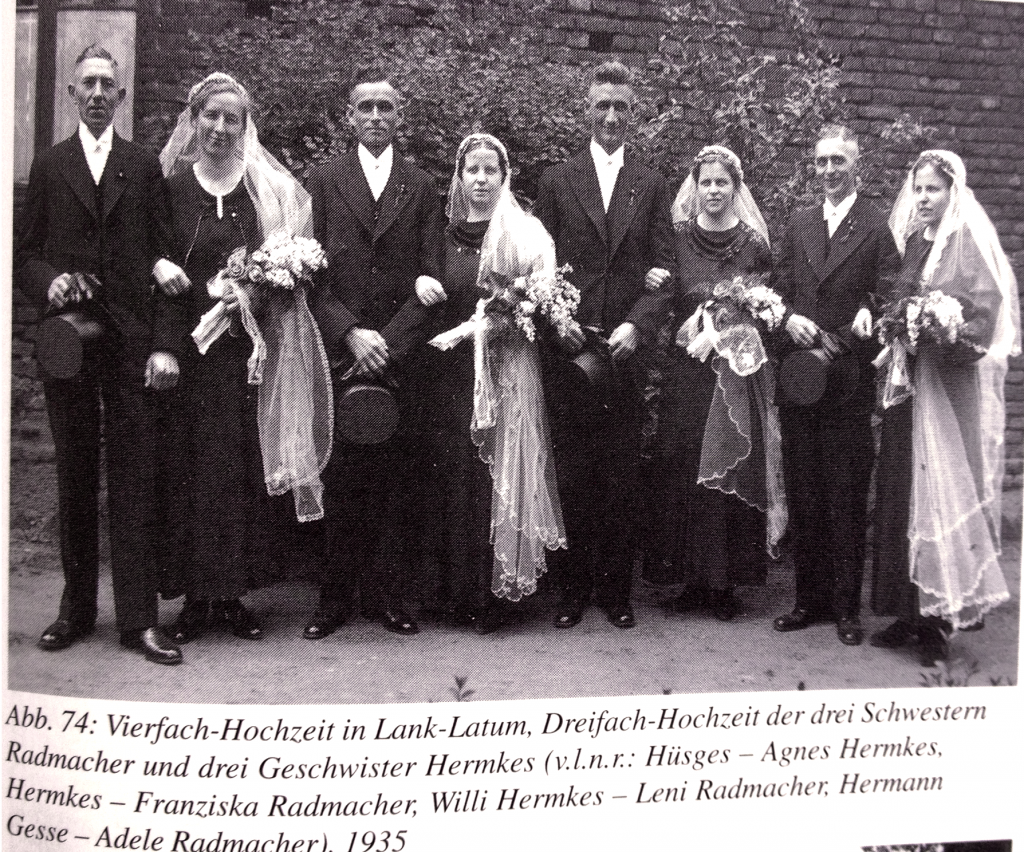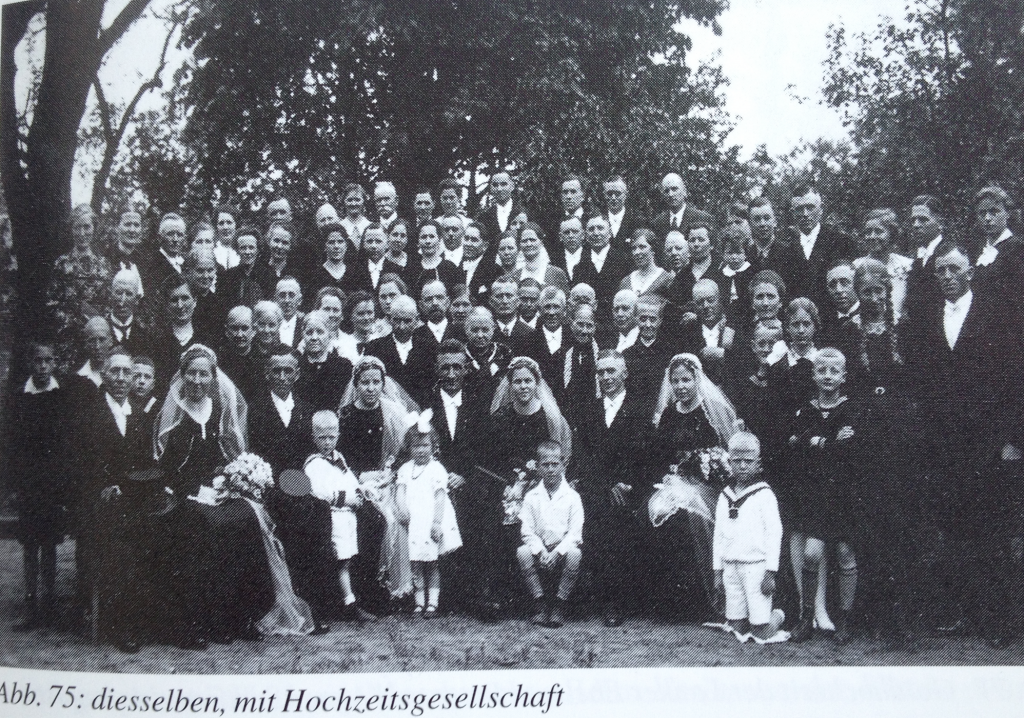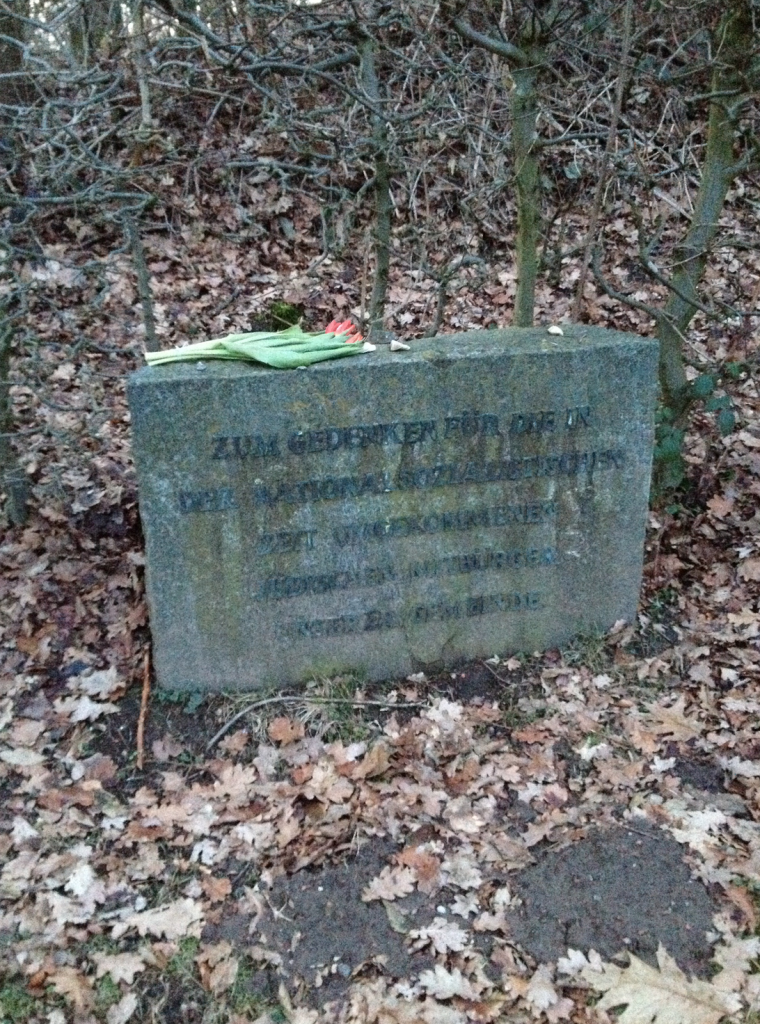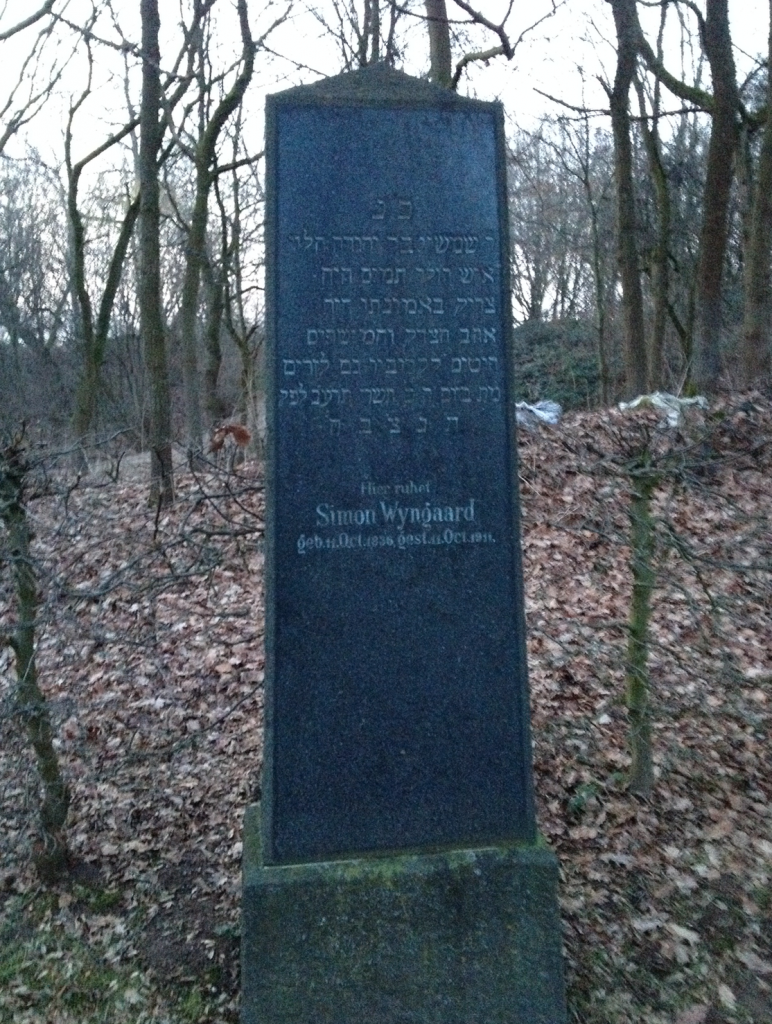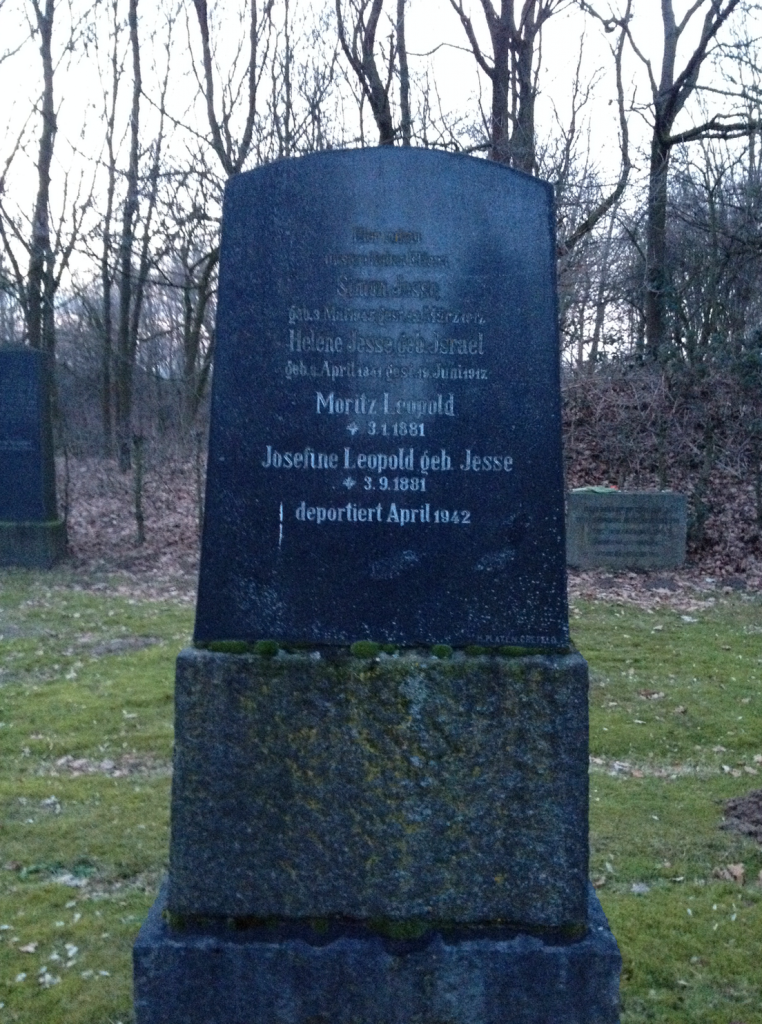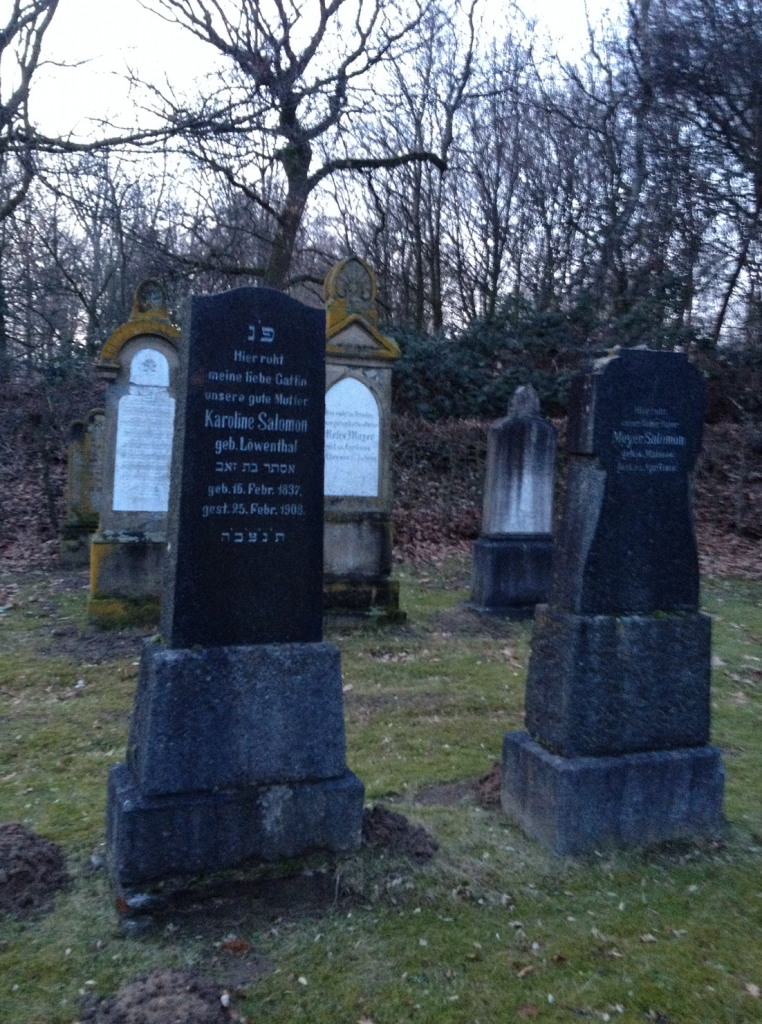Including so many of the locations from The Devil’s Missal and The Devil’s Progeny.
Lank-Latum
Inside the Teloy-Mühle
I was at the Teloy-Mühle this afternoon for an event and took a couple of photos of the staircase up to the upper levels. For those who have read The Devil’s Missal, this is the setting for a dramatic scene.
A quadrupal wedding in Lank-Latum 1935
Close family ties took on another meaning back in 1935 when the three Radmacher sisters, Franziska, Leni and Adele and the three Hermkes siblings all married at the same time. For both families it must have been a highly memorable occasion. Nowadays it seems odd that the brides are all wearing black, but white wedding gowns were not well established in the Rhineland until the 1940s. Before that a formal black Sunday dress would typically be teamed with a wedding veil and flowers as we see here.

L-R: Hüsges – Agnes Hermkes, Hermkes – Franziska Radmacher, Willi Hermkes – Leni Radmacher, Herman Gesse – Adele Radmacher 
The wedding party
Images from Landleben und Brauch – Heimatkreis Lank e. V. 1998
Painting of Lank-Latum
I came across this lovely picture of the Gasthaus Fronhof and the church tower in Lank-Latum, painted by Alois Schlüter.
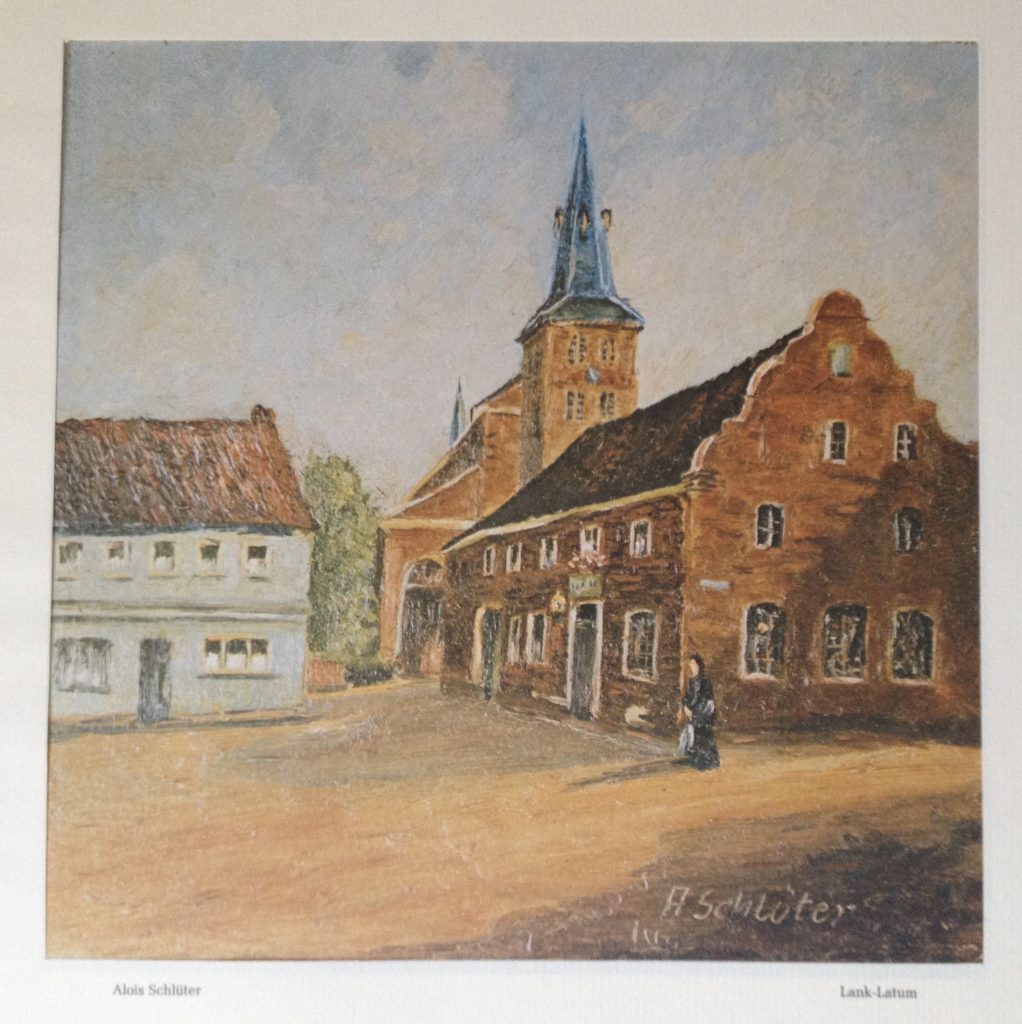
The Jewish cemetery in Lank
The Jewish cemetery in Lank-Latum was opened in 1878. It lies between the Uerdinger Strasse and the Latumer See, behind the Herrenbusch and Schloß Pesch. Prior to its existence Jews from Meerbusch were laid to rest in Linn or Kaiserswerth on the opposite side of the Rhine. When Linn stopped accepting corpses from other areas, and because Kaiserswerth was difficult to reach when the Rhine flooded every spring, in 1876 the Jewish community applied for permission to build their own cemetery in Lank.
As it turned out, only 14 gravestones were ever erected in the cemetery – nearly all predating the Nazi era. In 1941, the majority of the Jews from Meerbusch were transported to concentration camps in Riga and other eastern regions where they were murdered. Only three members of the community survived the holocaust.
The one-man flak-shelter in Lank-Latum
One relic of the second world war is an old flak-shelter which now stands by the Teloy windmill in Lank-Latum. It was designed for a single person. The rear is open. The idea was that anyone who was on duty during an air-raid, but was too far from a proper shelter, could duck inside one of these concrete devices and avoid being hit by shrapnel.
